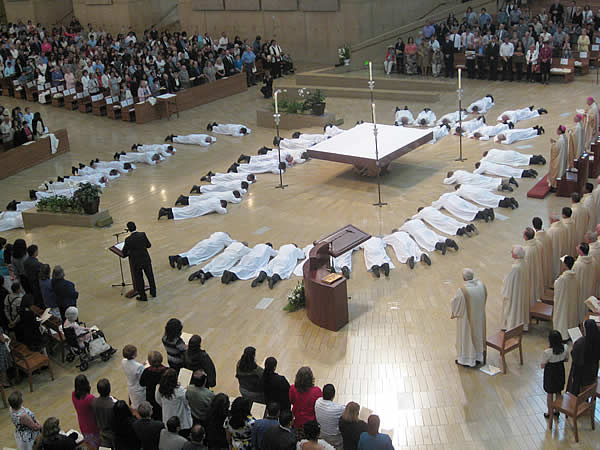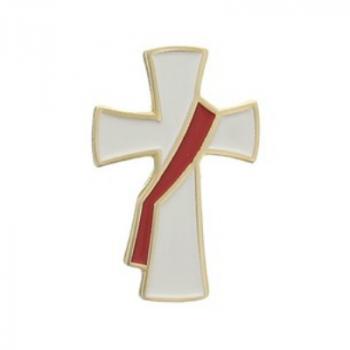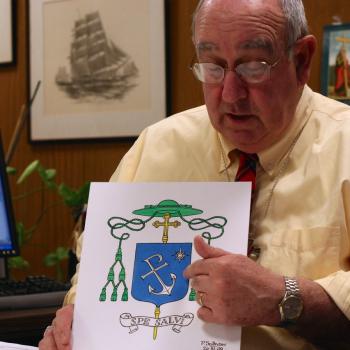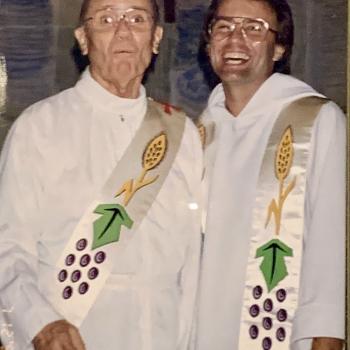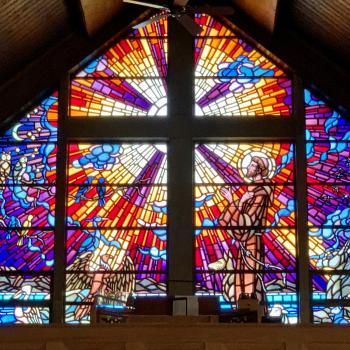That’s the argument that Phyllis Zagano makes in her column in this week’s National Catholic Reporter, as she notes several dioceses that for one reason or another have suspended their formation programs:
A while back, Cardinal Walter Kasper said bishops have two arms: the priesthood and the diaconate. But a few U.S. bishops have interrupted their diaconal formation programs and are not training new candidates during this academic year.
Will there be others? Why now? Can we expect a cadre of one-armed bishops?
Rumors abound that the Congregation for Clergy has asked bishops to evaluate the diaconate in their dioceses — sooner, rather than later — and that U.S. bishops are preparing their reports.
Given that nearly half the world’s deacons reside in the United States, it’s understandable that Roman spyglasses would be pointed at the U.S. Conference of Catholic Bishops.
Why?
Do you think it might be about married clergy? The latest study by the Center for Applied Research in the Apostolate counted 16,921 deacons and 39,466 priests in the U.S. — slightly fewer total clergy than in 1965. But in 1965, the 58,632 ordained men were priests, only the smallest fraction of them married. Now, factoring in the deacons, nearly one-third of U.S. clerics are married.
Is this a problem?
Shouldn’t be. Deacons are ordained to serve the Word, the liturgy and charity. Nobody really cares whether they are married or not, though married men lend an added dimension to the deacon’s special (and traditional) role serving as a bridge between the bishop and the rest of the church.
The deacons are – theoretically, at least — direct representatives of the bishop in the church’s ministry of charity. Some have paying parochial or diocesan jobs; some work at Catholic social service agencies or schools. Most have a modest but firm footing in both the secular world and the church.
And deacons living the full charism of the diaconate are among those closest to the suffering church. That defined charism includes carrying the Gospel to the world, both symbolically in the liturgy and in fact in daily ministry. One would think the ministers closest to the church’s charity would be the ones to connect it to the words of Scripture.
Well, maybe. Maybe not. Depends on the bishop.
Last June, Bishop Alexander K. Sample of Marquette, Mich., issued a long commentary on the diaconate that includes a letter-of-the law approach to deacons at Mass. It seems he does not want deacons to be regular homilists.
OK. Guess he has a full complement of priests capable of preaching clearly and understandably. Not every diocese is so lucky.
Read more. The comments after the column are provocative, too.

